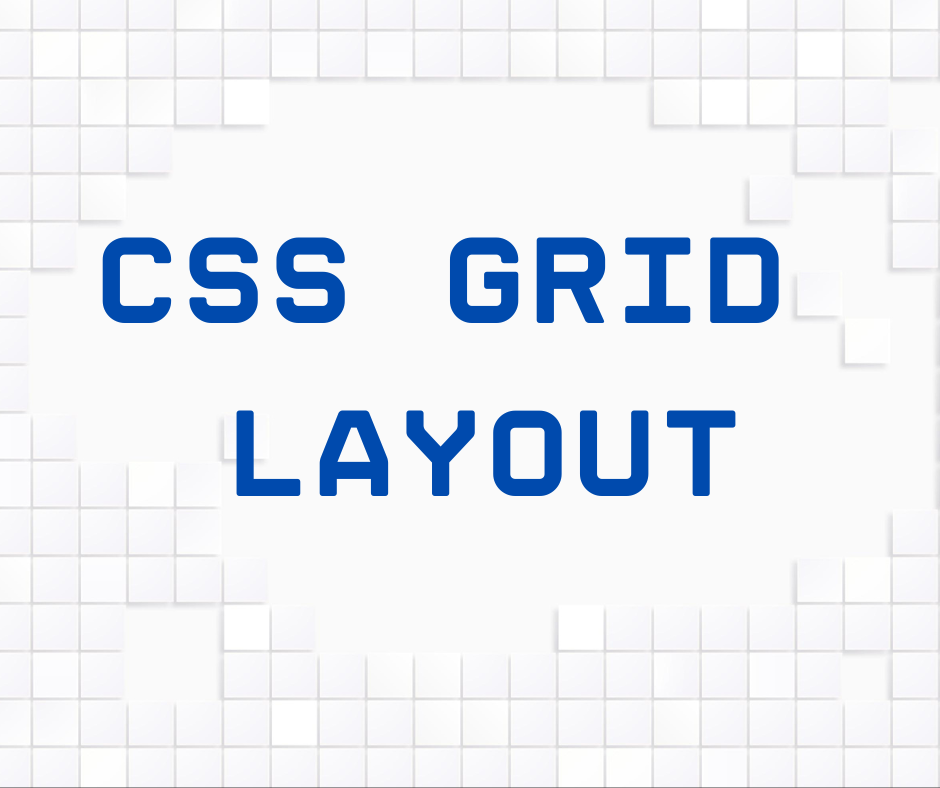I. Introduction to CSS Grid Layout
CSS Grid Layout is a powerful web layout system that has revolutionized the way we design and structure web pages. Unlike its predecessors, CSS Grid offers a highly flexible and efficient approach to creating complex layouts. In this article, we will explore the fundamental concepts of CSS Grid Layout and the advantages it brings over traditional layout systems.
II. Understanding CSS Grid Fundamentals
CSS Grid revolves around two key components: grid containers and grid items. Grid containers serve as the parent element that defines the layout grid, while grid items are the child elements placed within the grid. By establishing rows and columns, web designers can effectively organize content and position elements on the page.
III. The Flexibility of CSS Grid Layout
One of the standout features of CSS Grid is its unparalleled flexibility. With CSS Grid, designers can create responsive web layouts that automatically adjust to various screen sizes and devices. This flexibility allows for the development of adaptive designs that provide an optimal viewing experience for users across different platforms.
IV. Exploring CSS Grid Properties
CSS Grid provides a range of properties to customize the layout according to specific design requirements. Grid template columns and rows allow designers to define the size and distribution of the grid tracks. Grid gap property enables control over the spacing between grid items, while grid template areas simplify the layout creation process by using named grid areas.
V. Creating Dynamic Layouts with Auto-Fit and Auto-Fill
CSS Grid introduces the auto-fit and auto-fill properties, which are incredibly useful for creating dynamic and responsive layouts. Auto-fit automatically adjusts the number of columns in the grid to fit the available space, while auto-fill populates as many columns as possible with equal width, making it ideal for filling up space with flexible grid items.
VI. Understanding Implicit vs. Explicit Grids
CSS Grid offers two types of grids: implicit and explicit. Explicit grids are defined explicitly using grid properties, specifying the number of rows and columns. Implicit grids, on the other hand, are created automatically when grid items overflow the explicit grid. Understanding the differences between these grid types allows designers to craft versatile and adaptable layouts.
VII. Creating Complex Layouts with Nested Grids
CSS Grid enables the creation of hierarchical layouts through nested grids. Nested grid containers within the main grid container can be used to structure more complex designs, offering granular control over the layout of specific sections or components.
VIII. CSS Grid Layout vs. Flexbox: Complementary Layout Techniques
While CSS Grid is exceptional for creating two-dimensional layouts, Flexbox is a powerful tool for creating one-dimensional layouts. In this section, we explore the differences between these two layout systems and how they can be used together to build intricate and feature-rich web designs.
IX. Performance Considerations and Browser Support
CSS Grid offers impressive layout capabilities, but it’s essential to consider its impact on performance. In this section, we discuss best practices for optimizing CSS Grid layouts to ensure smooth loading and rendering of web pages. Additionally, we explore the current level of browser support for CSS Grid and strategies for handling non-supporting browsers.
X. Real-World Examples of CSS Grid Layout
To illustrate the benefits and versatility of CSS Grid Layout, we showcase real-world examples of websites and applications that leverage CSS Grid for their designs. These examples demonstrate the wide range of possibilities CSS Grid brings to web design, from responsive websites to dashboard layouts and more.
XI. Optimizing CSS Grid Layout for SEO and Accessibility
Beyond its layout capabilities, CSS Grid can positively impact search engine optimization (SEO) and accessibility. We explore the benefits of using semantic HTML in conjunction with CSS Grid, as well as the importance of properly structuring grid layouts to enhance website accessibility for all users.
XII. Future of CSS Grid Layout
As web technologies continue to evolve, CSS Grid Layout is likely to receive further enhancements and additions. In this section, we discuss the future of CSS Grid, potential upcoming features in CSS Grid Level 2, and the concept of CSS Subgrid that promises to improve the control over nested grids.
XIII. Conclusion
CSS Grid Layout has ushered in a new era of web design, providing web developers and designers with unprecedented control and flexibility over page layouts. The benefits of CSS Grid Layout, such as its responsiveness, simplicity, and efficiency, have made it an essential tool for modern web development. By embracing CSS Grid, designers can create visually stunning, user-friendly, and adaptive web layouts that elevate the user experience and set new standards in web design.





